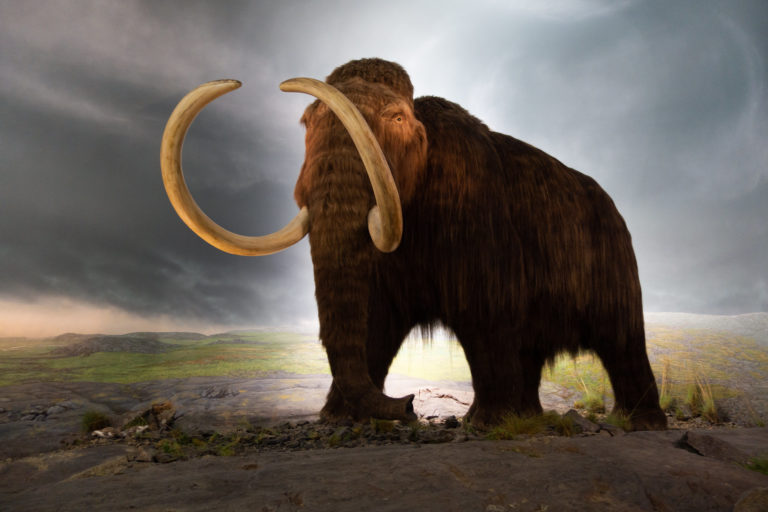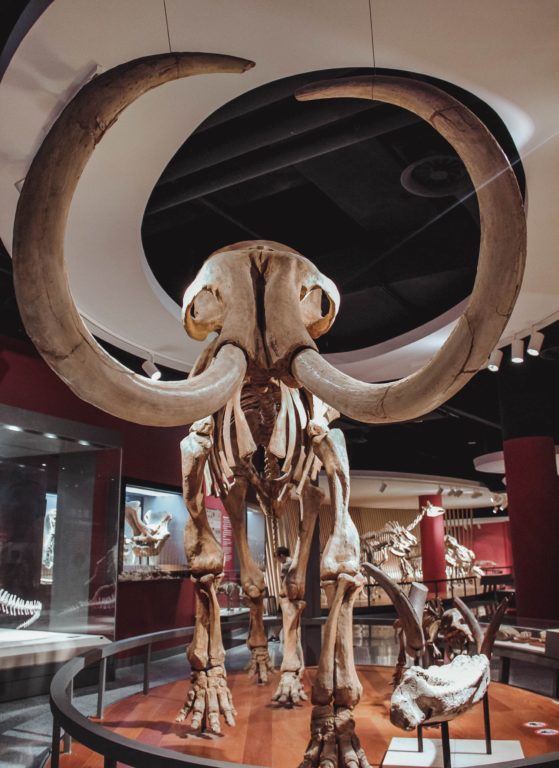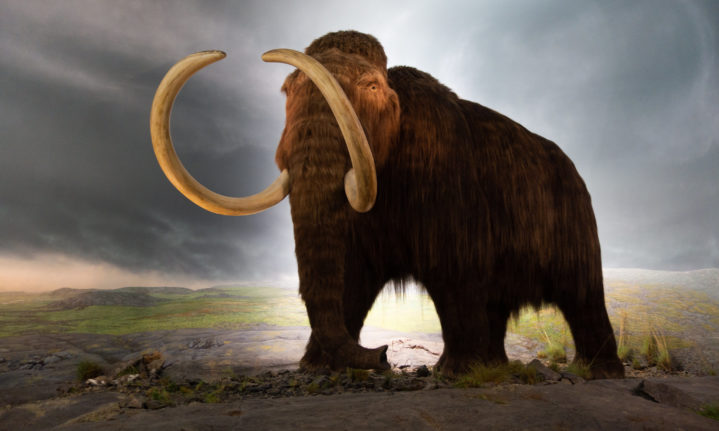A team of scientists and entrepreneurs announced on Monday that they have started a new company to genetically resurrect the woolly mammoth, The New York Times reports.

Picture: Flickr Commons
A company called Colossal aims to bring thousands of these extinct giants back to the Siberian tundra. Dr George Church, a biologist at Harvard Medical School, argues that woolly mammoths will help the environment.
Today, the tundra of Siberia and North America where the animals once grazed, are rapidly warming and releasing carbon dioxide. ‘Mammoths are hypothetically a solution to this,’ argued Dr Church in a talk at the National Geographic Society.
There is still skepticism regarding the environmental benefits but from a scientific perspective, the experiment could prove groundbreaking. Colossal received $15 million in initial funding, which will support research in Dr Churche’s labs.
The team hopes to achieve this milestone by editing elephant DNA, and adding genes for mammoth traits such as dense hair and thick fat for withstanding the cold. The researchers hope to produce embryos out of these mammoth-like elephants in a few years and produce entire populations of these mammals.
There is also concern from other researchers as to whether Colossal can really pull this off. And if they do manage to produce baby mammoth-elephants, they will have to face up to some serious ethical questions.
One such question regards releasing these animals back into the wild, and potentially changing the ecosystems of tundras in profound ways.
Environmentalists are also skeptical of ‘technofixes’ such as this being a feasible solution to the effects of climate change, with environmentalist Dianne Dumanoski stating that ‘the promises that something will be there to bail you out if the worst happens encourages imprudent behaviour.’
Dr Church’s argument for reintroducing mammoths has to do with natural grazers in the tundra of Siberia and North America, such as mammoths, that no longer exist. The loss of natural grazers removed a key component in the ecosystem, where they played a keystone function in fertilising what was once grasslands.
How can mammoths help with climate change?
Tundra is a complex ecosystem, where its relationship with grazing herbivores has a significant effect on the type of vegetation and the amount of carbon dioxide released from the soil when the ground thaws during rising temperatures.
The tundra of Siberia used to be dominated by grasslands which vanished under mysterious circumstances along with the giant species that shared the ecosystem.
Today the tundra is dominated by moss. But when woolly mammoths were around, it was largely grassland. Some researchers have argued that woolly mammoths were ecosystem engineers, maintaining the grasslands by breaking up moss, knocking down trees and providing fertilizer with their droppings.
This process of grazing and fertilisation changed the chemical composition of the soil to the point that it could store more carbon. With the loss of grasslands and the changing composition of the soil, tundra environments are expected to release significant amounts of CO2 into the atmosphere as the ground thaws.
Russian ecologists have already started importing bison and other living species to a preserve in Siberia they’ve dubbed Pleistocene Park, in the hopes of turning the tundra back to grassland.
A mammoth task
The efficacy and ethics of bringing back mammoths aside, if Dr Church and his team are successful, it will be a scientific breakthrough. When Dr Church addressed the National Geographic Society in 2013, researchers were learning how to reconstruct genomes of extinct species, such as with the Quagga project in South Africa.

Mammoths went extinct around 10 000 years ago. Picture: Wikimedia Commons
Dr Church is best known for inventing ways of reading and editing DNA, exploring the possibility of reviving an extinct species by rewriting the genes of a living relative.
Analysing the genomes of woolly mammoths collected from fossils, the team drew up a list of differences between mammoths and elephants and zeroed in on 60 genes they suggest are distinctive traits of mammoths. These traits relate to hair, fat, and the mammoths distinctive high-domed skull.
The scientists will try to make an elephant embryo with its genome modified to resemble an ancient mammoth. To do this, the scientists will need to remove DNA from an elephant egg and replace it with mammoth-like DNA.
No one has ever harvested an elephant egg, but the team is investigating turning ordinary elephant tissue into stem cells, which could be coaxed to develop embryos in the lab.
Beth Shapiro, archaeologist and author of How to clone a mammoth, told The New York Times that this project may save many threatened species in the future, and that ‘the pace of climate change and the pace of habitat degradation is such that evolution isn’t going to be able to save them’. ‘We need to intervene even more,’ Shapiro said.


















